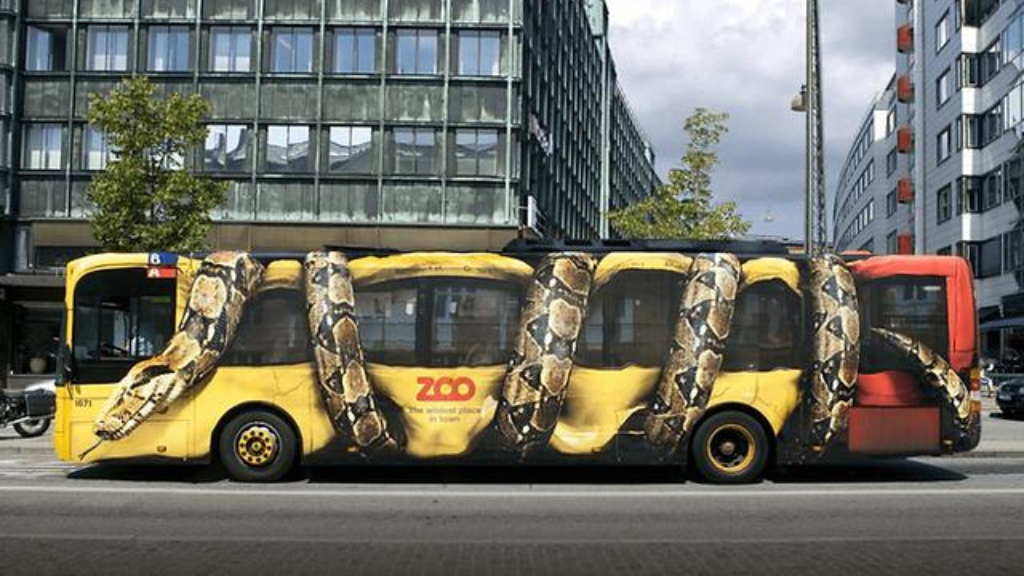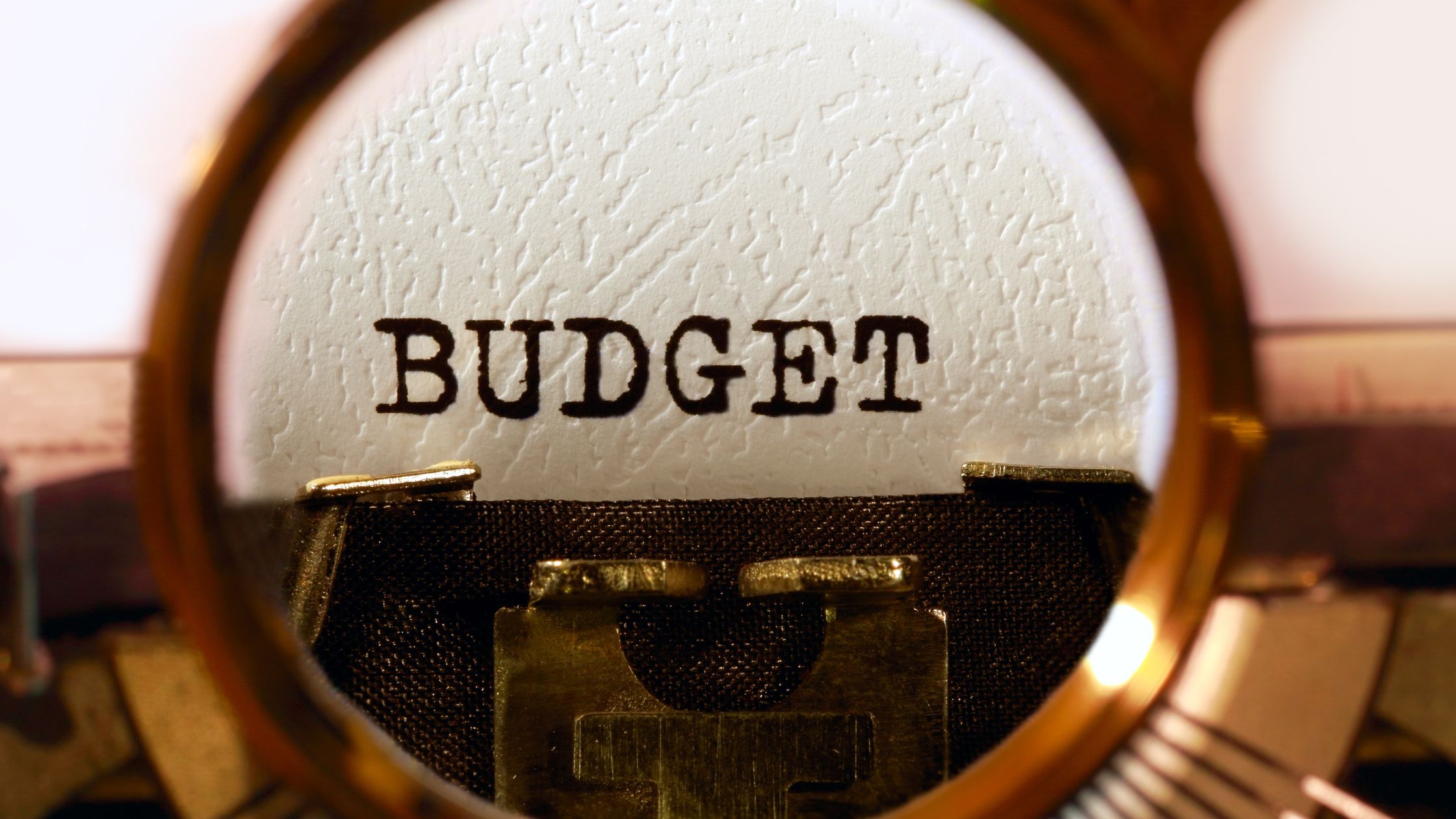
Why GueRrilla Marketing Can Be a Challenge
Perhaps you’ve heard of some ingenious guerrilla marketing examples and the incredible results they yielded with little impact on the marketing overhead; but you’re not sure what guerrilla marketing ideas and tactics make the most sense for your brand, or even what exactly “guerrilla marketing” is.
Before jumping into a list of ideas, let’s define what guerrilla marketing is and isn’t. It is any tactic that falls outside of the norms of traditional marketing like paid ads, sponsored events, or radio spots. Instead, guerrilla marketing will employ unconventional methods and try connecting with potential consumers in a way that doesn’t feel like advertising.
Some of the best examples include Heineken’s football prank (later turned into a traditional ad campaign) and the countless examples of reverse graffiti. guerrilla marketing’s biggest limitation will often be your creativity, but that is also what makes a strong guerrilla marketing tactic challenging.
Anticipating Legal Risks
One of the first challenges with guerrilla marketing is making sure it is legal and being aware of any additional liability you may be tacking on. Coca-Cola famously flubbed during the NCAA Men’s Basketball Tournament where they paid a street artist to stencil graffiti across the city. Another common guerrilla marketing tactic, event ambushes, can put your campaign in hot water because event sponsors may have legal rights preventing your unwanted product placement. You can always mitigate the legal risk by checking with local authorities and venues before implementing a campaign, but this puts your idea at risk of losing that surprise element.
Being Unique and Creative
For a guerrilla campaign to truly be successful it must be something unexpected and engaging. This will require a great deal of creativity and the inventiveness to pull off something unique. A fast way for a guerrilla marketing campaign to fail is if people can see it as just another ad. The whole purpose of this strategy is to stand out and be memorable, and if it is recognizable or simply repeating what someone else has already done, without any twist, you won’t get the result you were looking for.
Because of this, guerrilla marketing can put a strain on your financial and creative resources. The campaign itself may not cost much, but the overhead of your creative team’s time can add up – don’t neglect this cost factor when budgeting your time, treasure, and talent.
Choosing the Placement
Location, location, location! Where your guerrilla marketing campaign takes place is just about as important as the unique idea you plan to implement. The location matters because guerrilla marketing campaigns rely on landing with the right audience, and it should fit/play off of the surrounding area. Don’t think this always means a physical space: one of the most well-placed guerrilla marketing examples in recent years was Deadpool’s Tinder account. This was a perfect appeal to a public who may have been less familiar but very interested in seeing the movie.
Another great example of well-placed guerrilla marketing was Discovery Channel’s shark-bitten surfboards along the beach promoting Shark Week. This played on the morbid curiosity of potential viewers and used location to its fullest potential. Like these guerrilla marketing examples, choosing the location is all about two factors: 1) your intended audience, and 2) the creative concept you plan to deploy. Find out where you can blend both most effectively.
Providing Clear Brand Associations
Another challenge with guerrilla marketing is maintaining branding. There are a lot of creative guerrilla marketing tactics that may have been fun or provided a laugh, but completely missed the target of bringing people back to the brand. All the cache and publicity built in that moment was lost.
On the other end of the spectrum are guerrilla campaigns that are ruined because branding overtakes the experience. Finding the right balance can be difficult and almost impossible to tell until afterwards. Here are some guerrilla marketing tactics to help ensure your brand recognition remains intact without being too in your face:
Logo Placement
Making sure your logo is visible is a huge part in keeping that connection. Just make sure it isn’t so big that it feels like a traditional ad.
Websites
Whenever possible, find ways to direct people back to a website (maybe even a unique website affiliated with the guerrilla campaign). The cult-classic Blair Witch Project pulled this off masterfully with their missing poster campaign. Today, we even have the advantage of QR codes to simplify the process. Get creative with their placement and pique people’s interest.
Film It!
In the Heineken example above, one of the real strokes of genius was the meta-effect (i.e., they gave us a behind the scenes look at the whole process from start to finish, letting everyone in on the joke that only initially impacted a small segment of their consumer base). Proceeding to post clips of your footage on social media provides another significant boost.
Developing Referral Opportunities
Getting current customers in on the fun is a great way to extend the reach of your guerrilla marketing campaign, and pull referrals in. One of the best campaigns from the recent past includes Share a Coke Campaign. This used traditional ad space to encourage consumers to share a Coke with a friend and encourage goodwill.
Today, influencer marketing combined with guerrilla marketing strategies can be a great way to build an already waiting referral pool. The challenge with this, will be creating a guerrilla marketing strategy in which people actually want to share in something – keeping it genuine and toning down any type of sales pitch will be essential for building that comfort.
Creating an Experience
Great guerrilla marketing strategies create a lasting impact by telling a compelling story and providing people with a unique and entertaining experience. There are few topics more serious than animal extinction, but the World Wildlife Foundation utilized an ingenious marketing tactic to tell the story of the dangers pandas faced by bringing 1600 paper mache pandas to Paris. It was unexpected but an effective reminder of the dangers faced by the world’s cutest bear.
Considering Backfire Scenarios
Because marketing is so challenging, campaigns often fail and can fail in a big way. Cartoon Network’s head quit after a failed guerrilla marketing tactic led to a bomb scare. That’s about as bad as it gets, but that doesn’t mean smaller flubs won’t hurt your brand: Vodofoan, a New Zealand based company, cost its rugby team crucial points in a rivalry game against Australia when it employed streakers to disrupt the game for unscheduled advertising. It’s a challenge to leave your mark with the right guerrilla tactic, but always have someone in the room who can challenge a “good idea” by asking if that takes things too far.





Leave a comment